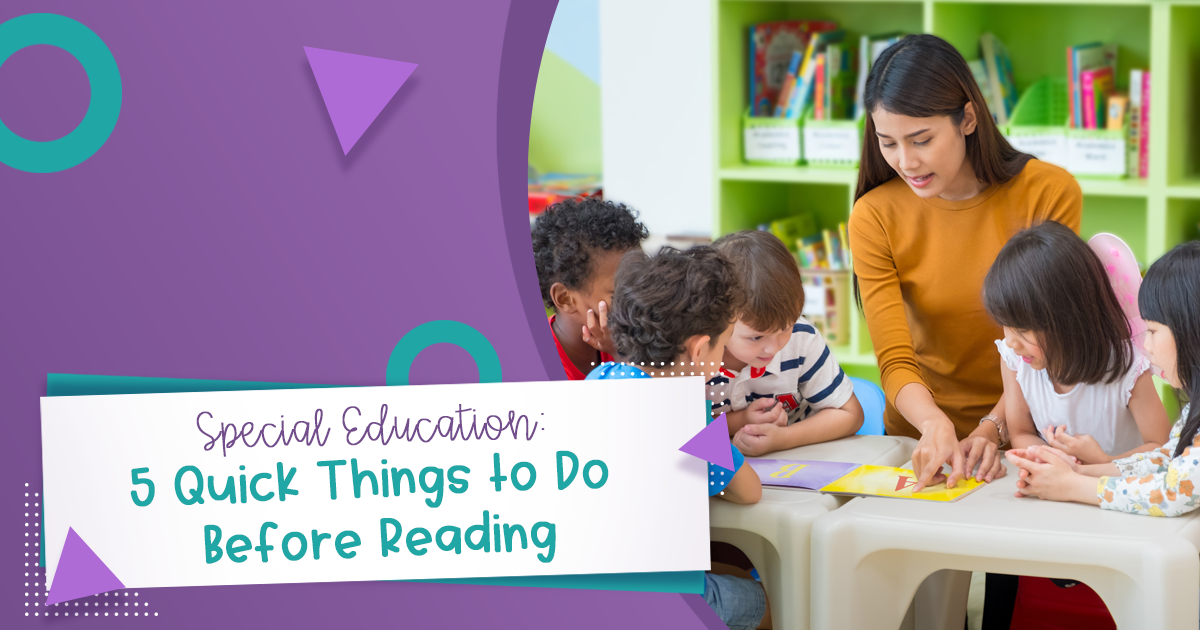
There are different ways to set your students up for success before you even begin reading. The main mission before reading is to build background knowledge and give students a purpose for reading.
Below, you’ll five five quick activities to do before reading to set a good foundation for your students.
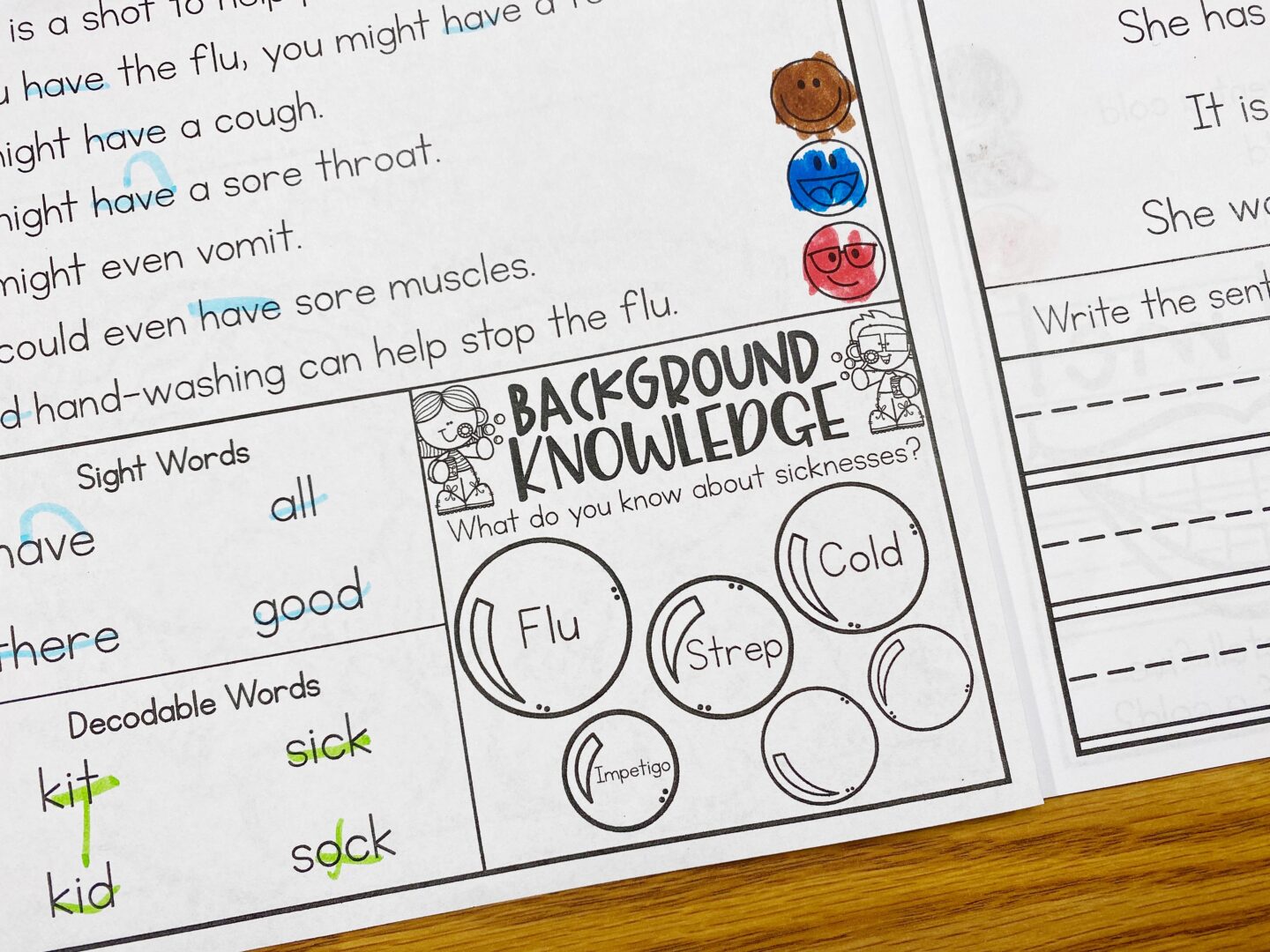
Background Bubbles
Background bubbles help you determine what students know about a topic. Begin by developing a few words that are related to the topic. In this passage, students will be reading about four illnesses. Before diving in, I took time to discuss what my students already knew about the flu, a cold, strep throat, and impetigo.
In the empty bubbles, you or your students could add other related words. What else might need added? Hand washing? COVID-19? Social Distance? Vaccinations? There are so many options, and all of them help you narrow and access background knowledge.
After reading, I like to come back to these words. What did we learn? What was confirmed about what we already knew? I like to make my own on chart paper so we can really brainstorm more words and have the room to jot them down. I have a blog post with this activity. You can read it by clicking here.
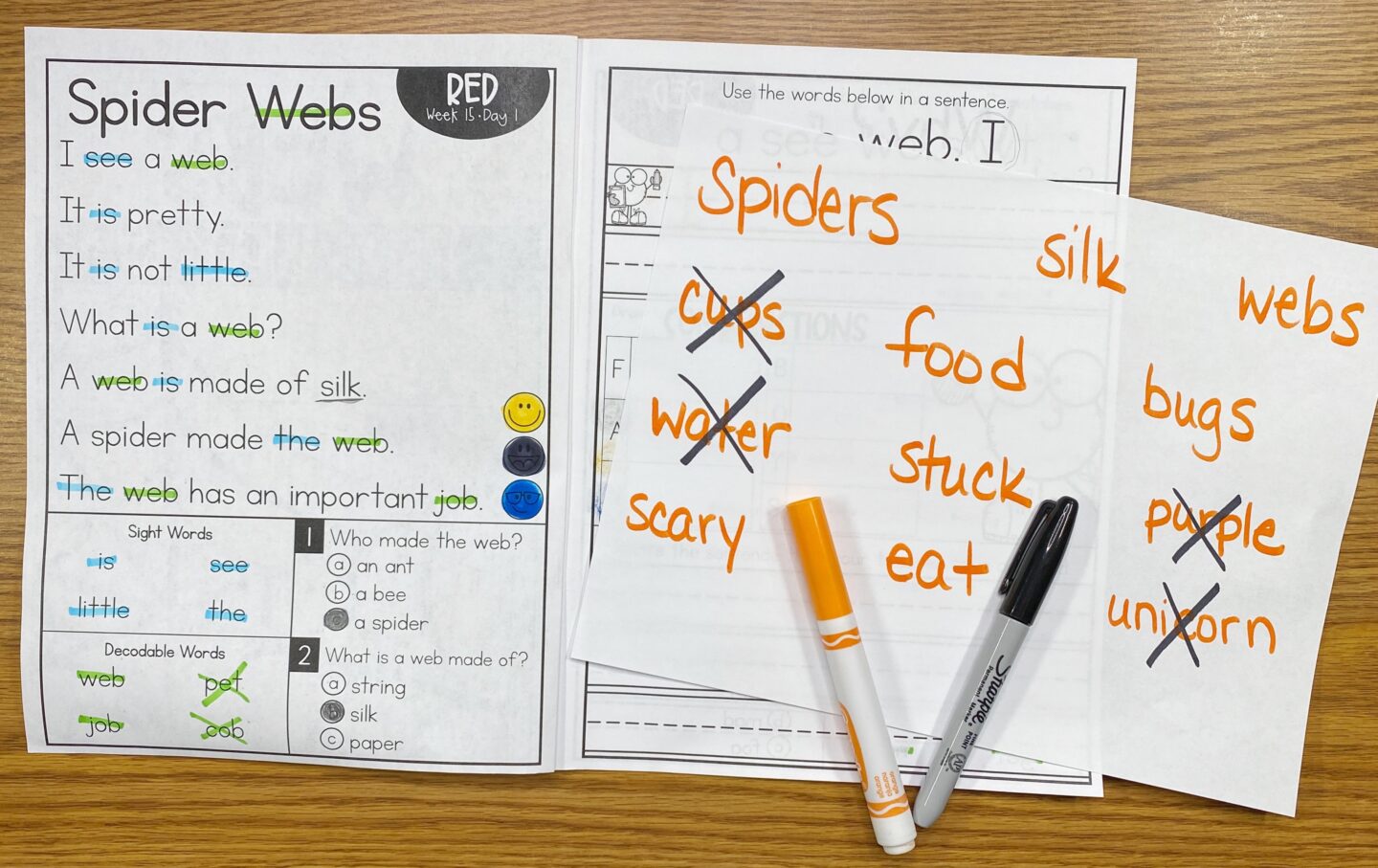
Exclusion Brainstorming
Exclusion Brainstorming is similar to our Brainstorming Bubbles. I make a list of words that helps start a discussion and access students’ background knowledge on a given topic. Some of the words are related to the topic while others are not.
Before reading, go through these words with your students and determine which words are related to the topic of the story. If the word is not related, then put an x through the word. You can also circle the words that are related.
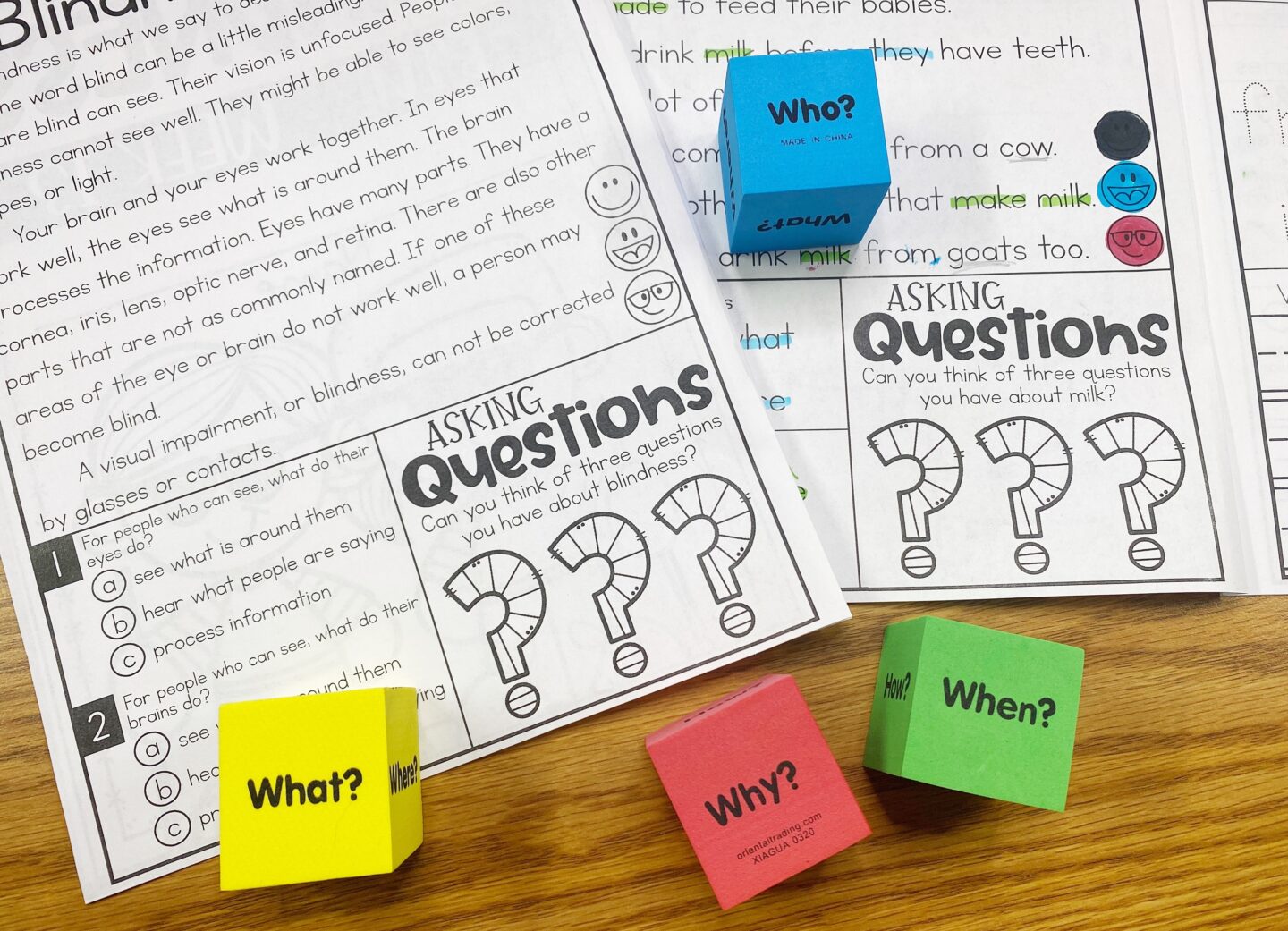
Asking Questions Dice
I like to begin by reading a brief introduction about a topic. Then, it’s time to get out the dice! For my students, they were struggling to form questions. They often gave statements related to the topic.
A fellow SPED teacher recommended these dice. They roll the dice and read the question word. Then, we work together to use that word at the beginning of the sentence.
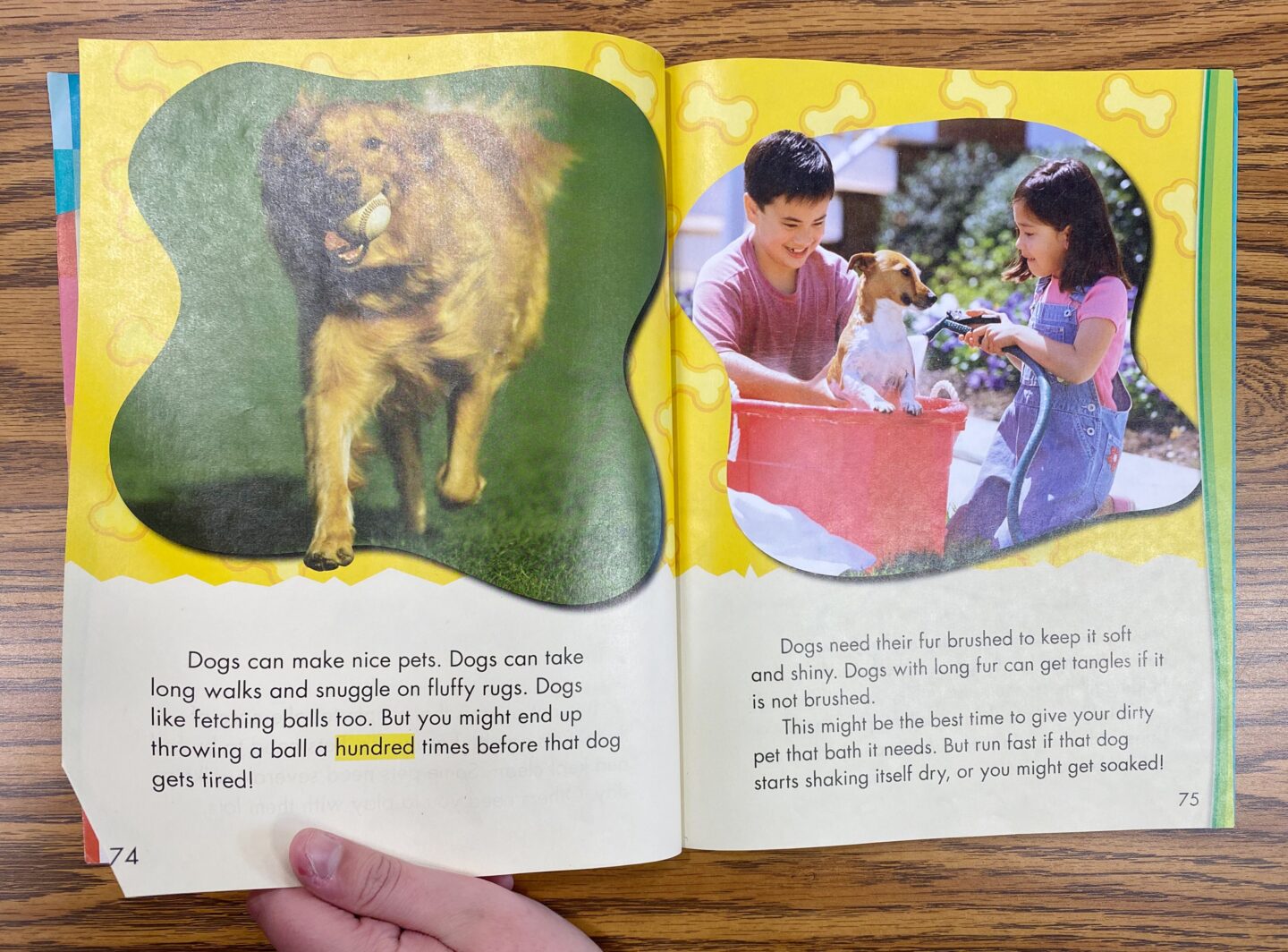
Picture Walk
Depending on what you are reading, you may have a lot of pictures or only a few. Regardless of the number of pictures, take a look at them. Ask questions with your students and begin a discussion before even reading the text.
If you do not have pictures, taking a text walk can be just as valuable. You can take time to look at the text, titles, captions, or charts to see what you you might notice.
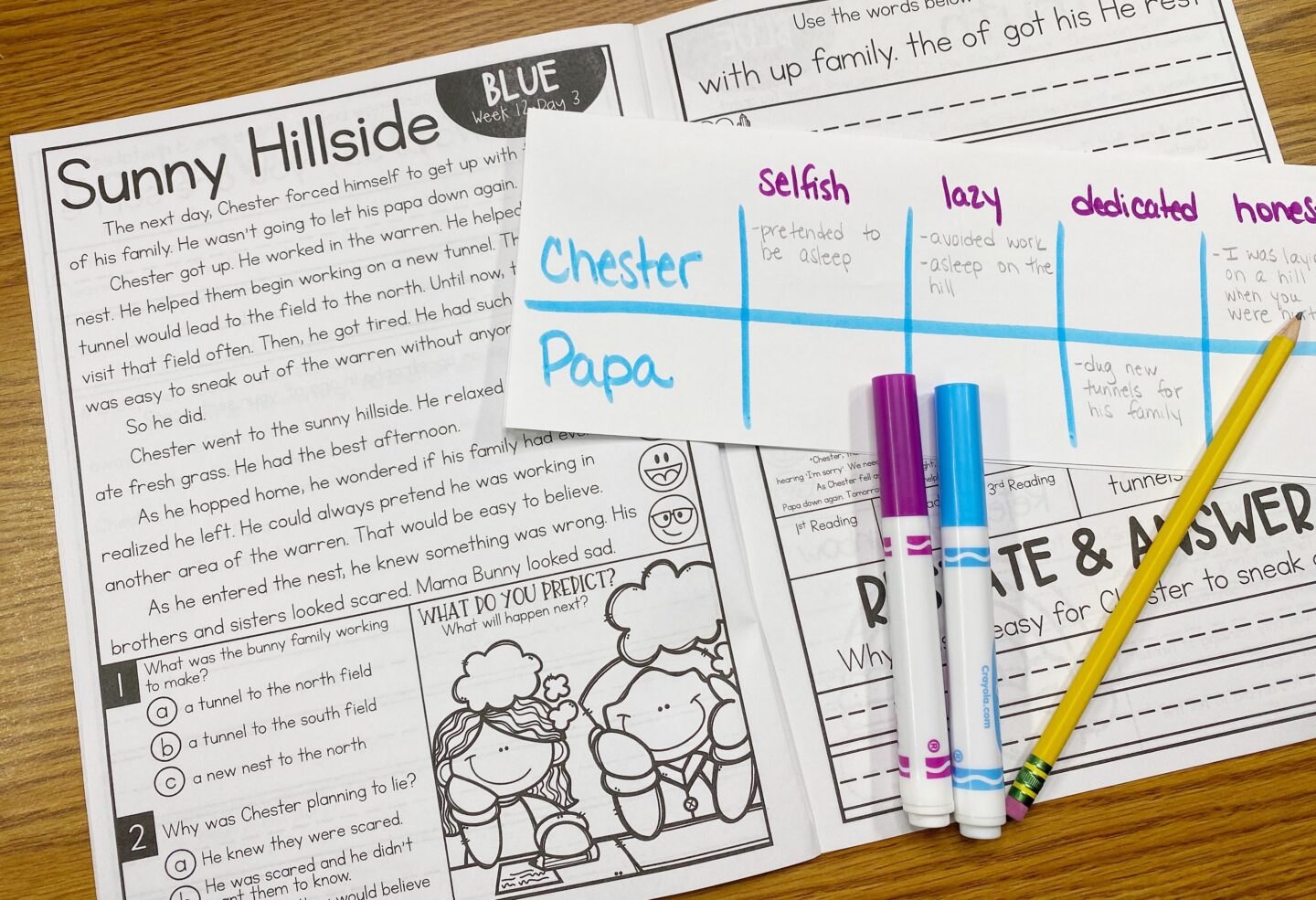
Character Trait Search
One of my favorite quick activities to do before reading stories with more than one main character is a character trait search . As you are prepping ahead of time, write the name of the characters on a chart. Then, list a few characteristics that might describe the characters in the story.
Before you begin reading with your students, you may need to discuss character traits that you listed. What do they mean? Then, as you are reading, students can look for examples of those terms. What did the character do to be lazy, selfish, dedicated, or honest.
